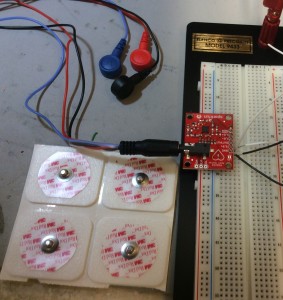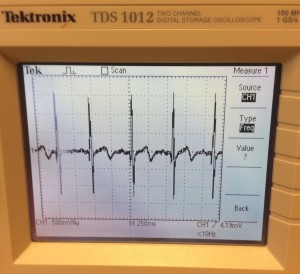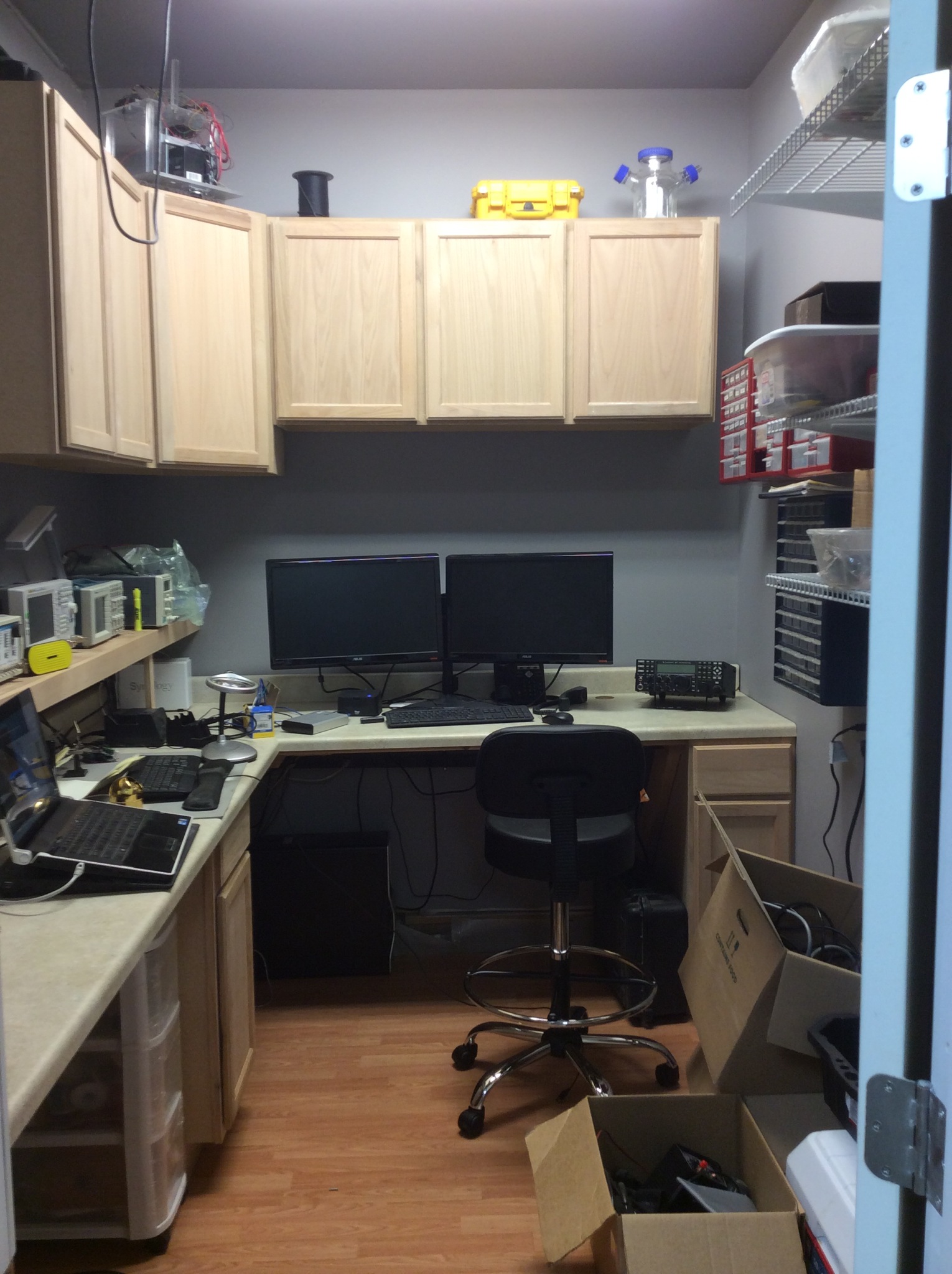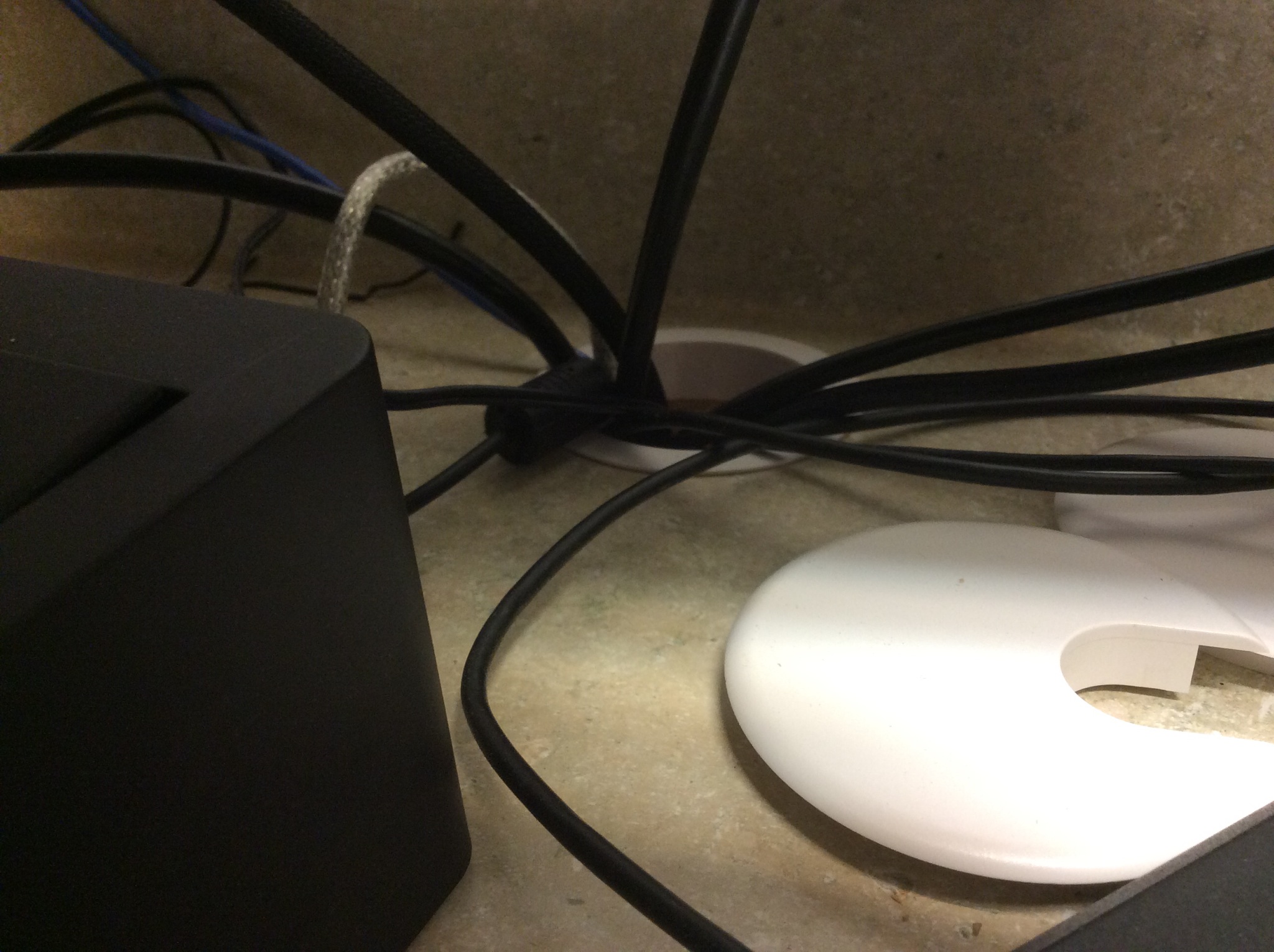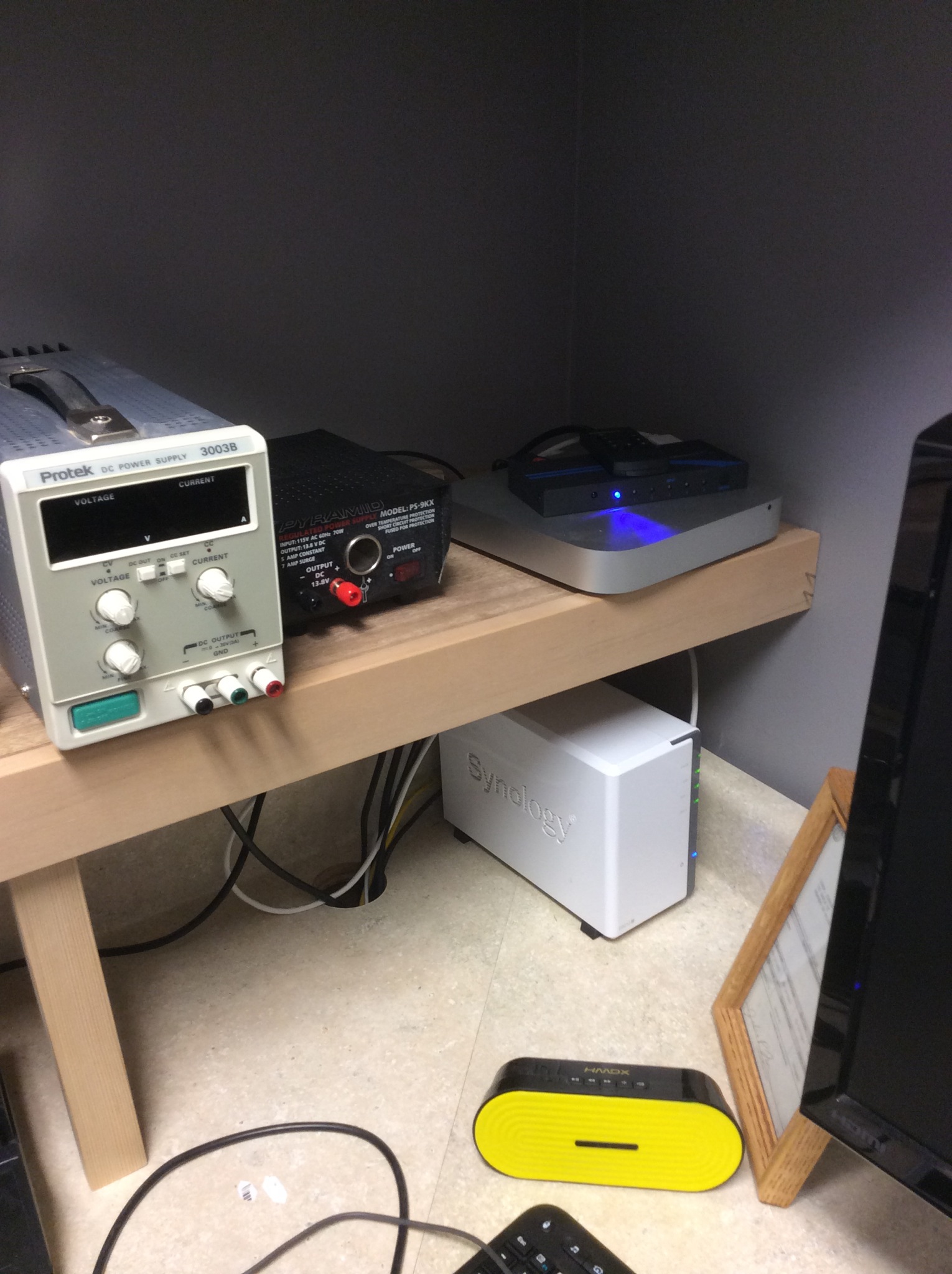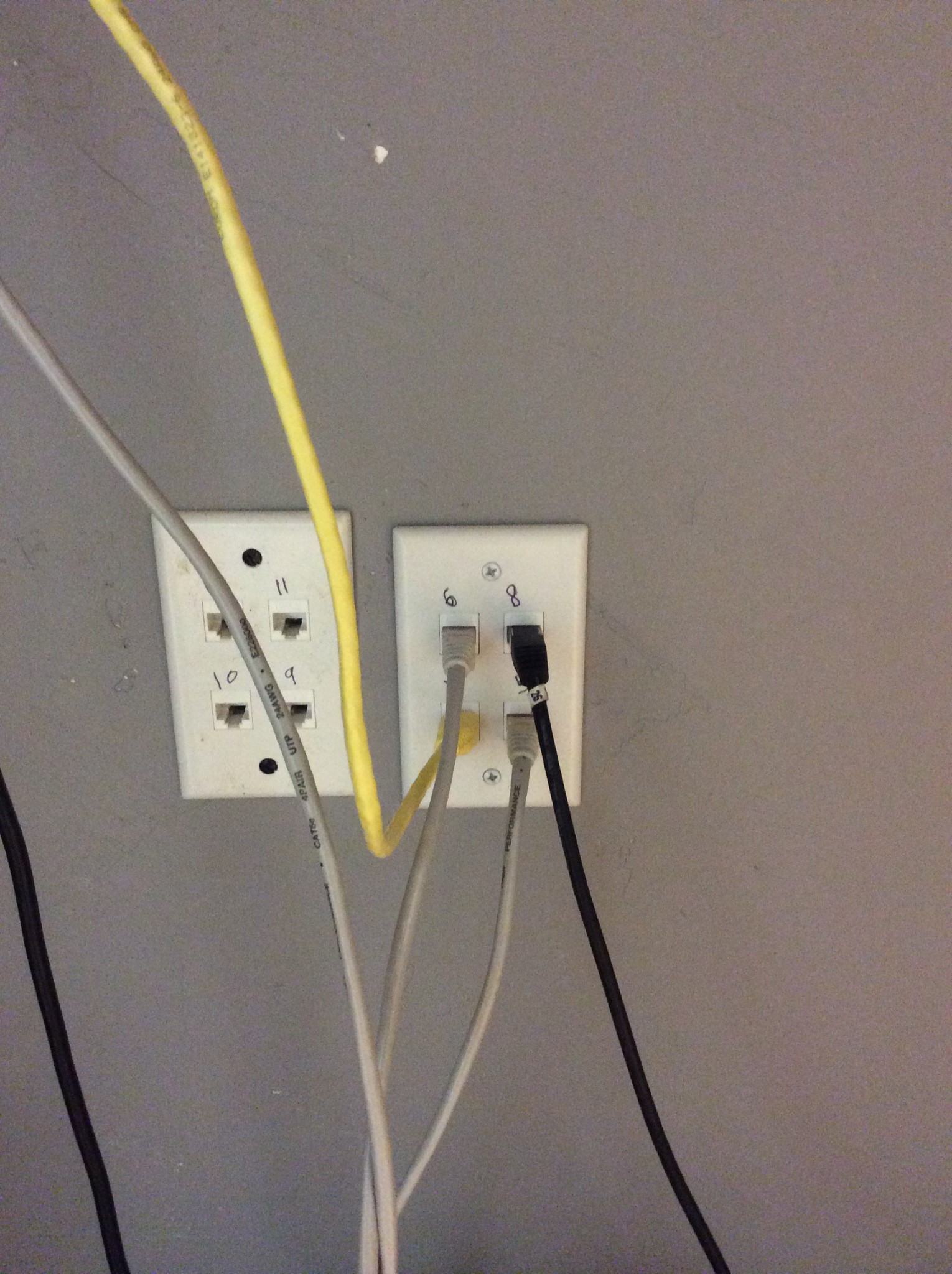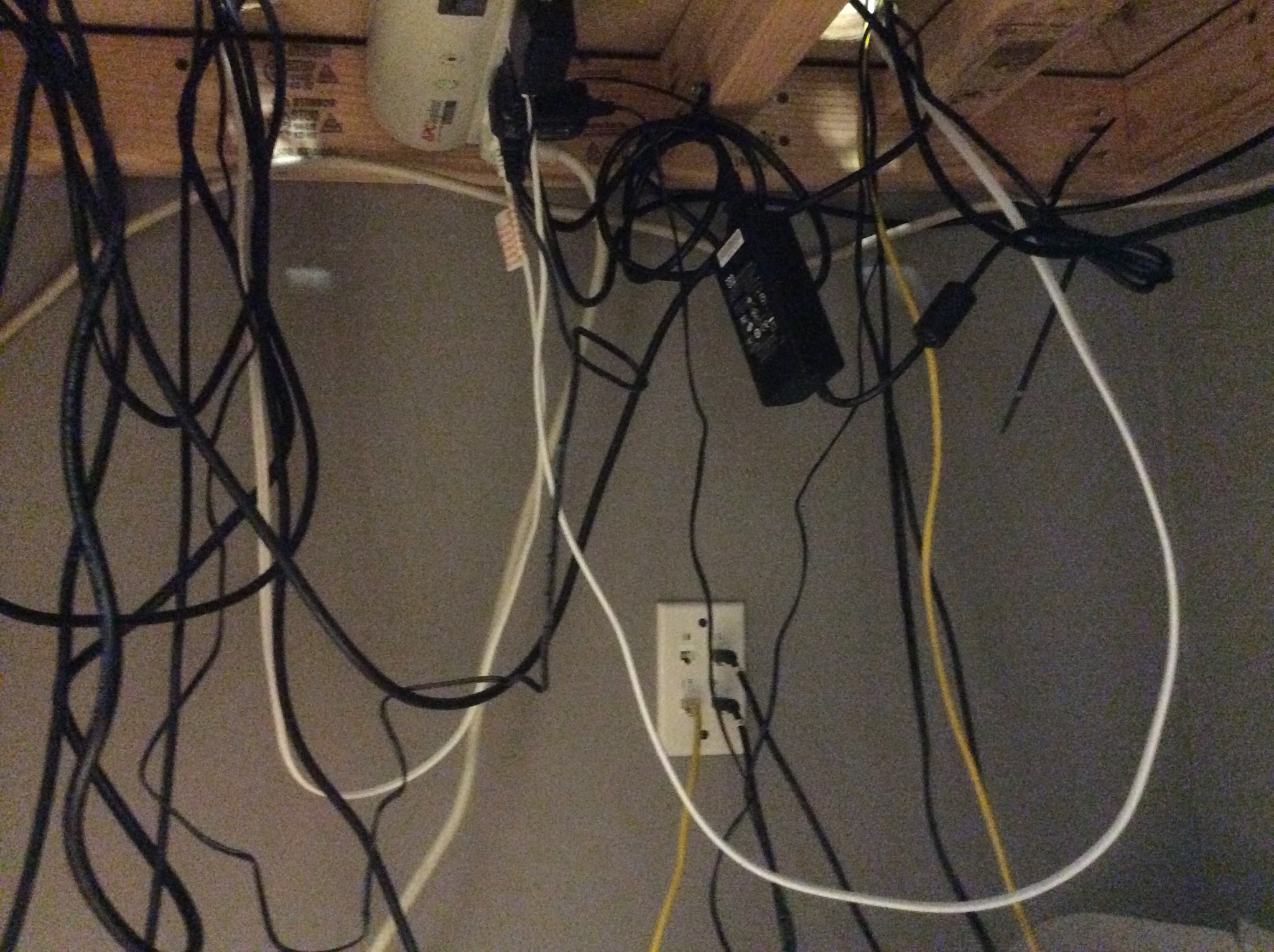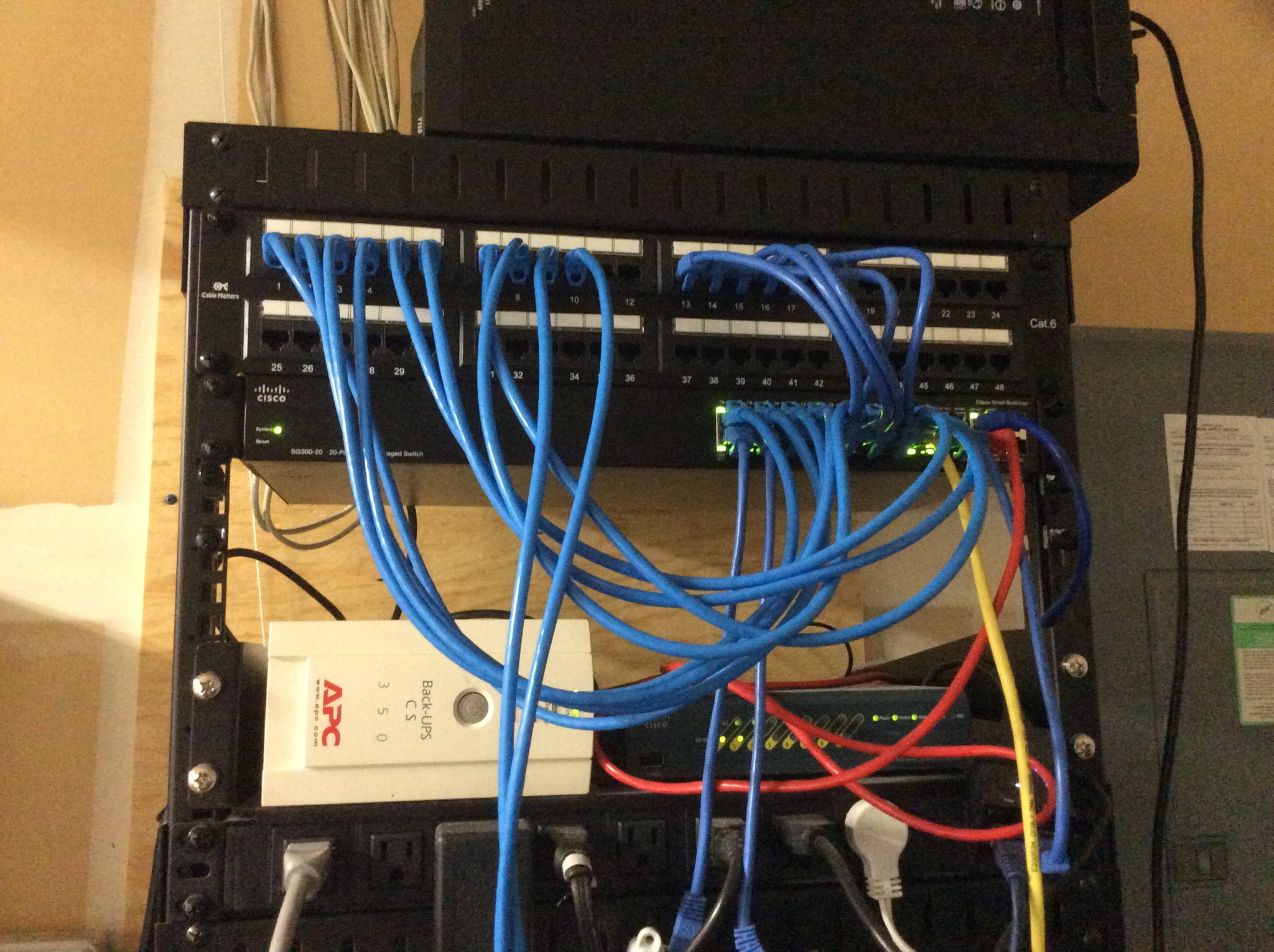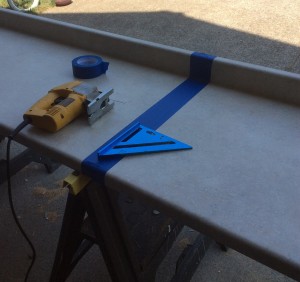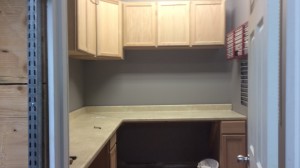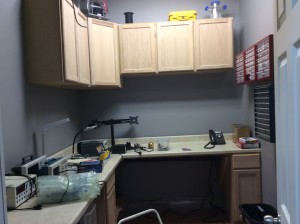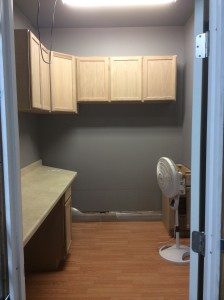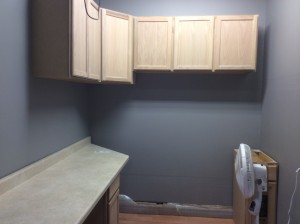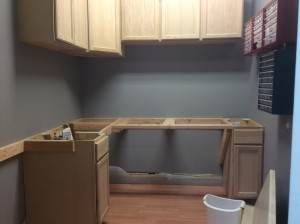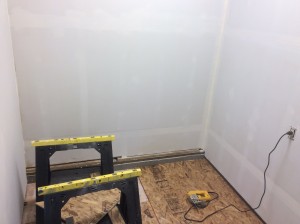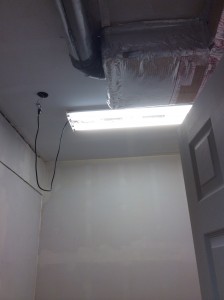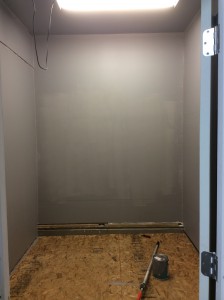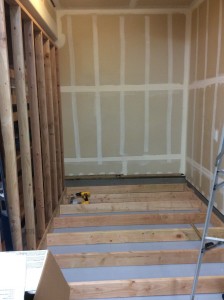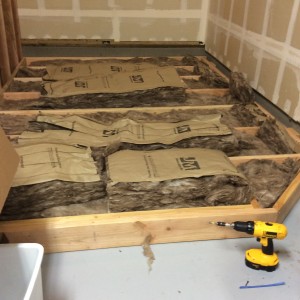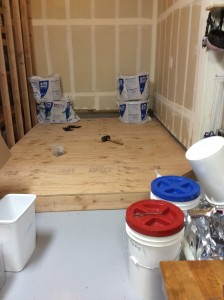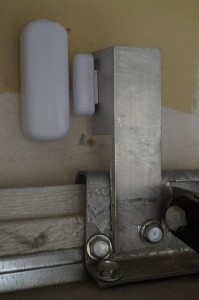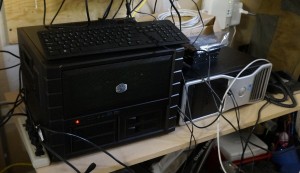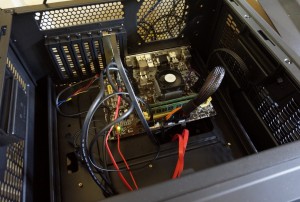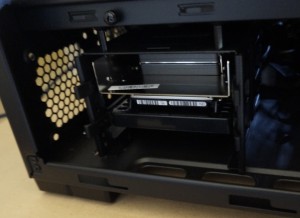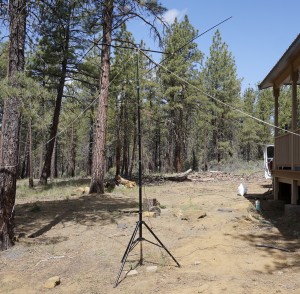Pulled Sparkfun’s breakout for the AD8232 single lead heart rate processor from the box and started playing with it. Spent the evening in the hobby room (as the 9yo calls it) with the 9 year old. He wanted it hooked up to himself. What can a father do but say yes, let’s hookup bio-medical devices to you!
You can use the foam electrode pads up really quickly. You can find them much cheaper on Amazon. I bought a bag of 50 for $13 of the 3m red dot foam electrodes To make the exercise short, I put headers on the breakout boards and hooked it up to the oscilloscope. Set the oscilloscope to 250ms per division. The AD8232 generates output signals that have a peak of almost two volts.
One of the problems we encountered early on is where to put the electrodes. Not being from the medical establishment a quick google search yield that the ground (black) electrode goes on the right side about the last rib. The plus (red) goes on the right of the torso just below the collar bone, and the negative electrode goes just below the breast area on the left side. Freescale has a heart rate monitor project that contains great explanations and diagrams. Find the PDF here: Freescale: How to Create a Heart Rate Monitor and One-Lead EKG

